
The Best Ways To Clean External Cladding Of Your House
We recommend helpful products in our articles. Read our full disclosure here. The content on this website is not intended to be a substitute for professional advice, diagnosis, or treatment.
Commercial cladding and domestic cladding describe the application of one material on top of another.
It’s done for a variety of reasons, either to protect the building from the elements or to improve the appearance of the property.
Whatever its purpose, exterior cladding must be cleaned on a regular basis to maintain its appearance and prevent damage.
If you’re thinking of doing some cladding cleaning and want some cleaning motivation but you’re not sure where to start, here are some tips from the Uniwash Team on everything you need to know about the cleaning process for exterior cladding on both commercial buildings and homes.
You’ll be able to clean cladding in no time at all!
Different types of exterior cladding
There are a few different types of cladding, and each type has a different cladding cleaning process.
Let’s take a look at the main types of cladding first.
Glazing cladding
Glass buildings are often glazed.
It is used a lot in offices and residential buildings and is often considered a stylish addition.
Stone cladding
Stone cladding is a thin layer of stone that is applied with concrete.
uPVC cladding or plastic
This is one of the most common types of cladding, as it is inexpensive and low maintenance.
It is more manageable when it comes to cladding cleaning and does not have to be cleaned often.
Timber cladding
Timber and wood are also common materials used for cladding.
According to external cladding specialists We Do Render, the most popular are oak, larch, cedar, and chestnut.
It’s a sustainable form of cladding that helps to provide thermal insulation and a particular appearance.
Metal cladding
Steel cladding, zinc cladding, and aluminum cladding are all popular types of metal cladding.
They are usually used to make the facade of a building look more impressive.
PVC cladding
Similar to uPVC cladding, PVC is inexpensive and relatively simple to keep clean.
How to clean cladding: a step-by-step cladding cleaning guide for the common types
If you don’t just want to hire cladding cleaning services, then you can try these cleaning methods.
It is important to clean cladding carefully and to only use the recommended cleaning process and cleaning products on each cladding material.
How to clean metal cladding
For metal cladding the best method of cladding cleaning is:
- Use a soft bristle brush to clean the cladding.
For surface dirt, this may well be sufficient.
- Apply water to remove stubborn dirt.
Do not use chemicals to clean cladding.
Cleaning products can damage the metal and any coatings that may have been used on it.
How to clean PVC cladding
PVC cladding can be cleaned fairly easily – it is one of the advantages of the material.
To clean PVC on commercial buildings or residential properties, you should:
- Use a soft cloth or sponge and hot soapy water to remove dirt and grime.
Leave the PVC to dry.
- Use specially designed PVC cleaning products as described on the manufacturer’s label.
Usually, this will involve rubbing it into the surface with a soft cloth.
- Allow to dry.
- Buff with a clean, dry cloth.
How to clean uPVC cladding
Just like with PVC, cleaning and preparing uPVC cladding can be done using hot soapy water that is then scrubbed away.
You can also use specially designed uPVC cleaning products to remove stubborn dirt and grime and help to protect the cladding from stains and even corrosion.
How to clean timber cladding
The best way to clean timber cladding is to use a jet wash system.
You will need to:
- Clear the area and protect anything that needs it.
- Adjust the pressure washer to low or medium pressure.
- Attach a wide angle or fan nozzle.
- Test the pressure washer in a hidden area.
- Clean from top to bottom in even and gentle strokes.
- Rinse thoroughly.
- Allow to dry.
How to clean composite cladding
A synthetic alternative to timber, composite cladding is pretty common in the UK when it comes to residential properties.
To clean it, you should:
- Clear away any debris.
- Dissolve 50g of sodium percarbonate into it.
- Apply the mixture to the cladding and leave it for 30 to 60 minutes.
- Give it a scrub with a soft brush.
- Rinse the cladding and leave it to dry.
Is jet washing a good addition to the cladding cleaning process?
A lot of people find themselves wondering if jet washing is safe to use on cladding.
Cladding cleaning can be a long and arduous process, especially for tall buildings, so the idea of using a jet wash appeals to many.
Generally speaking, a jet wash system or a power washer is safe to use on cladding if you’re careful.
Even with materials like timber, a jet washer or pressure washer is safe to use so long as you use gentle, even strokes.
Why should you clean your cladding?
It may seem like a pointless job, after all, it is the outside of your home.
In reality, though, cleaning your cladding is important for a few reasons.
For example:
- Prevents corrosion of your cladding;
- Prevents mold, lichen, and other organic growth from growing on your cladding;
- Increases the value of your property by improving the value of the property;
- Ensures that your cladding will have a longer life;
- Ensures that you don’t break your warranty.
Conclusion
Cleaning cladding isn’t so hard that it is worth skipping.
It can help to save you money, and will also just vastly improve the look of your property.
If you’re not sure whether or not you want to clean your cladding, consider hiring cladding cleaning services.
A professional cleaning company will know what to and what not to do on your cladding and will be able to help you to maintain a regular cladding cleaning schedule.
This can make a world of difference to your property and your *hopefully beloved* cladding!
"We love to research problems, examine studies, analyze solutions, and share with you ideas that make life healthier. You can learn about us and our editorial standards here. Have suggestions or feedback to share? Send us a message!."



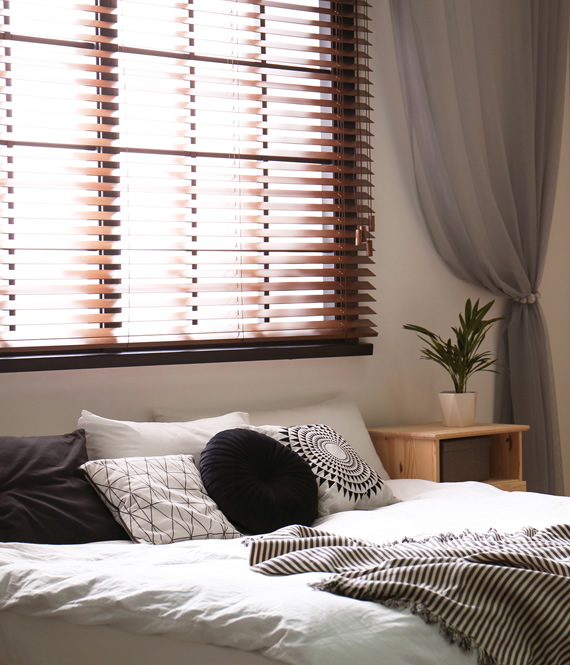

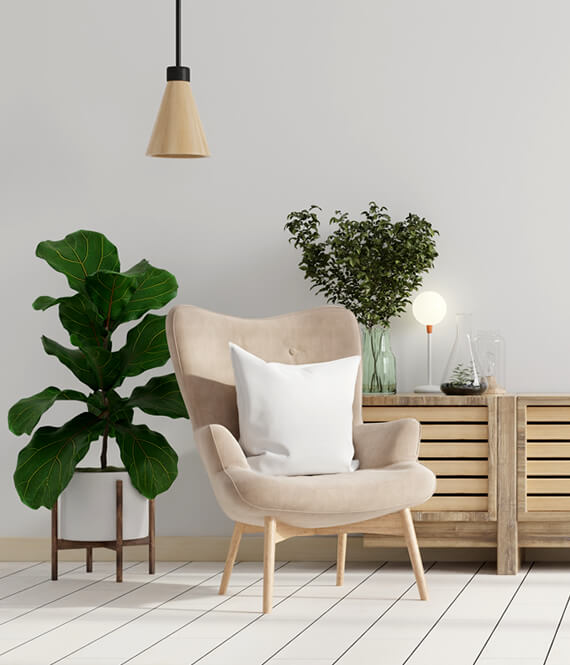
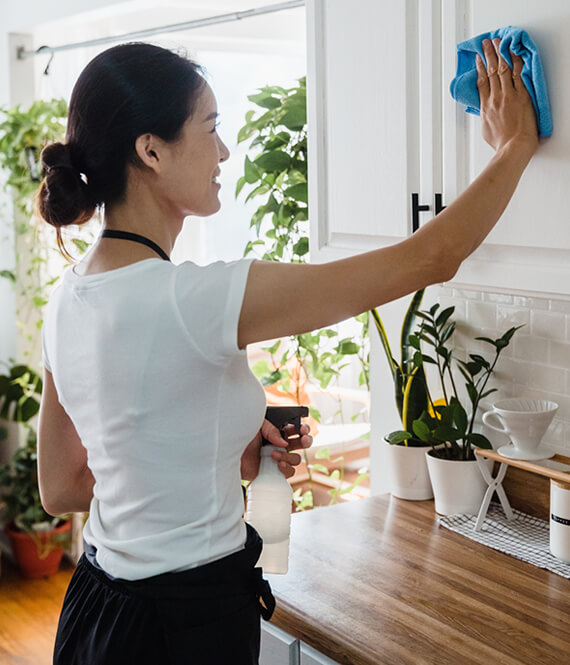
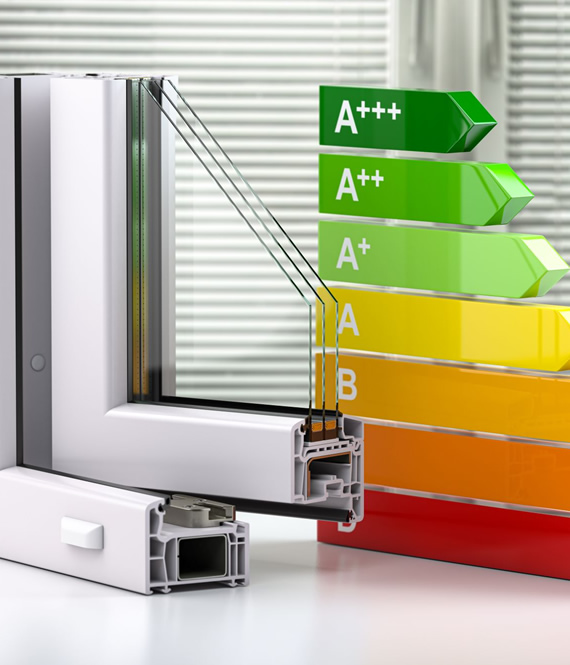

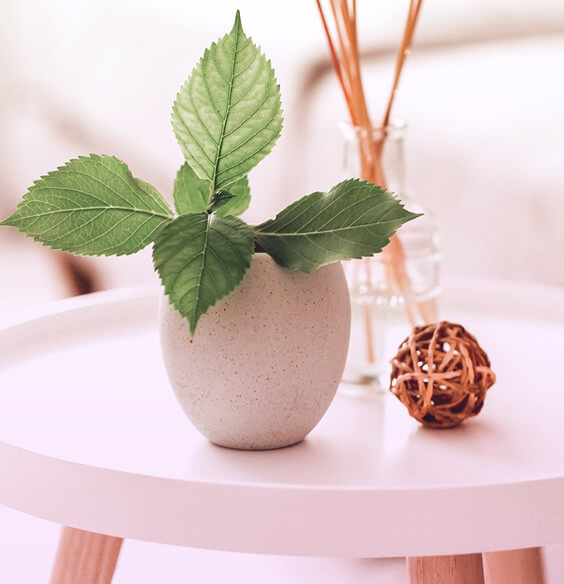

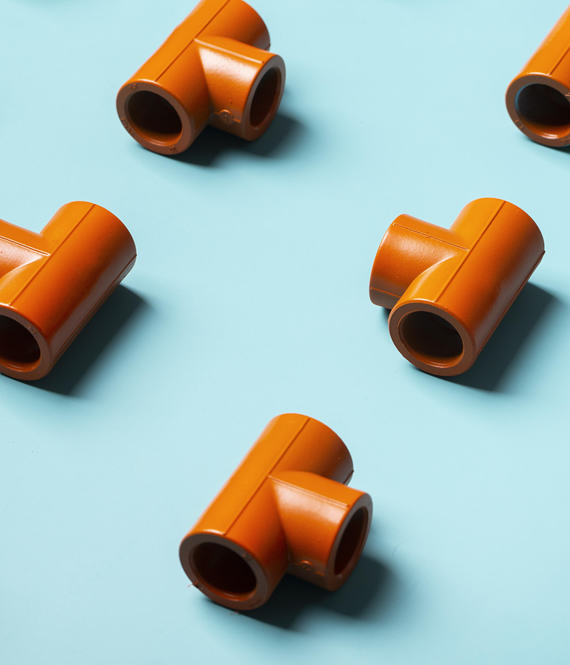
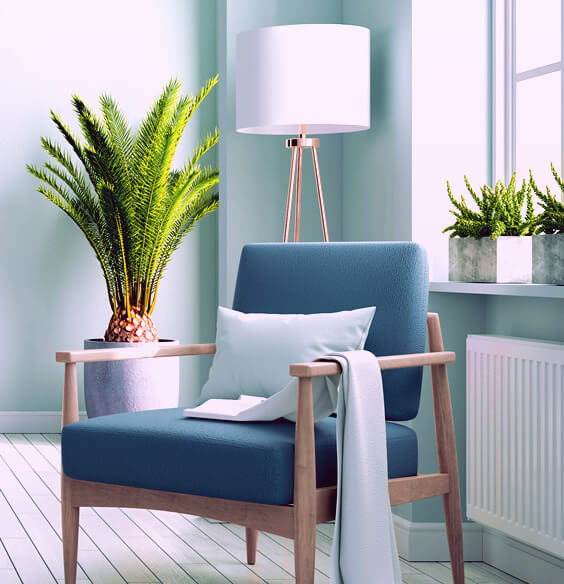
Leave a Comment